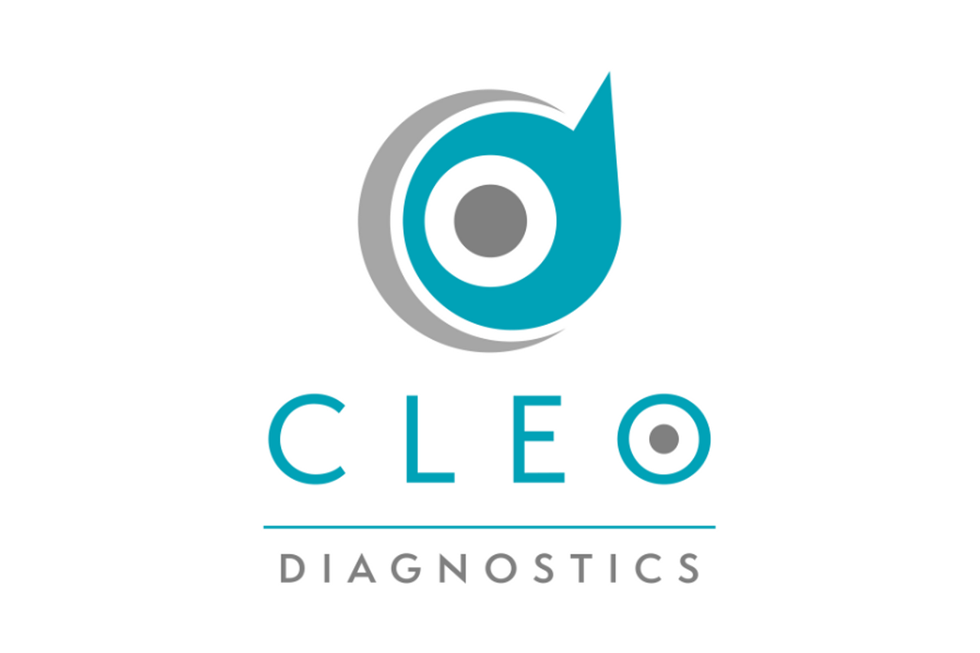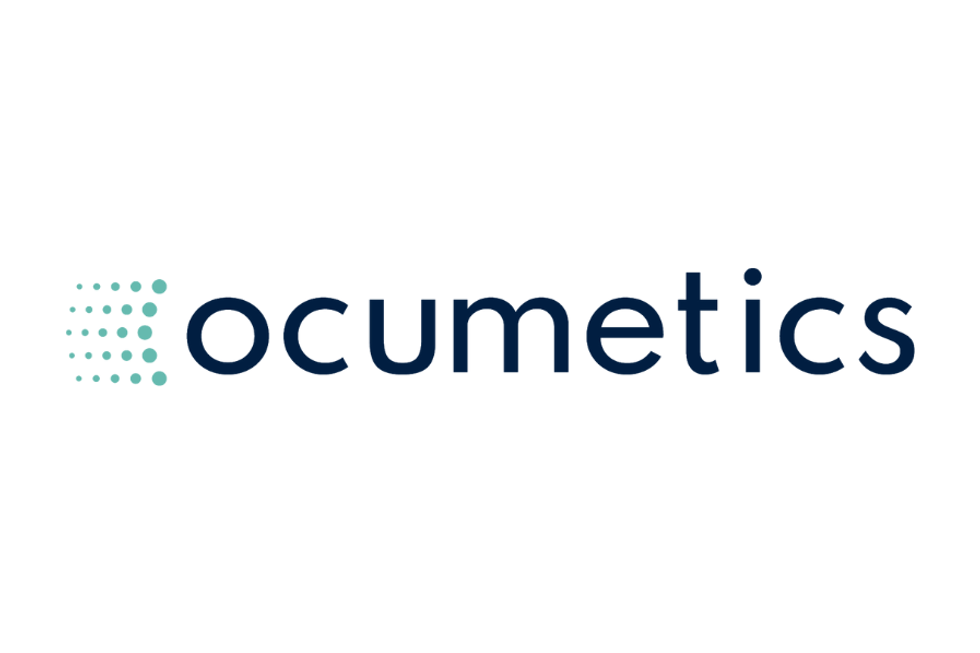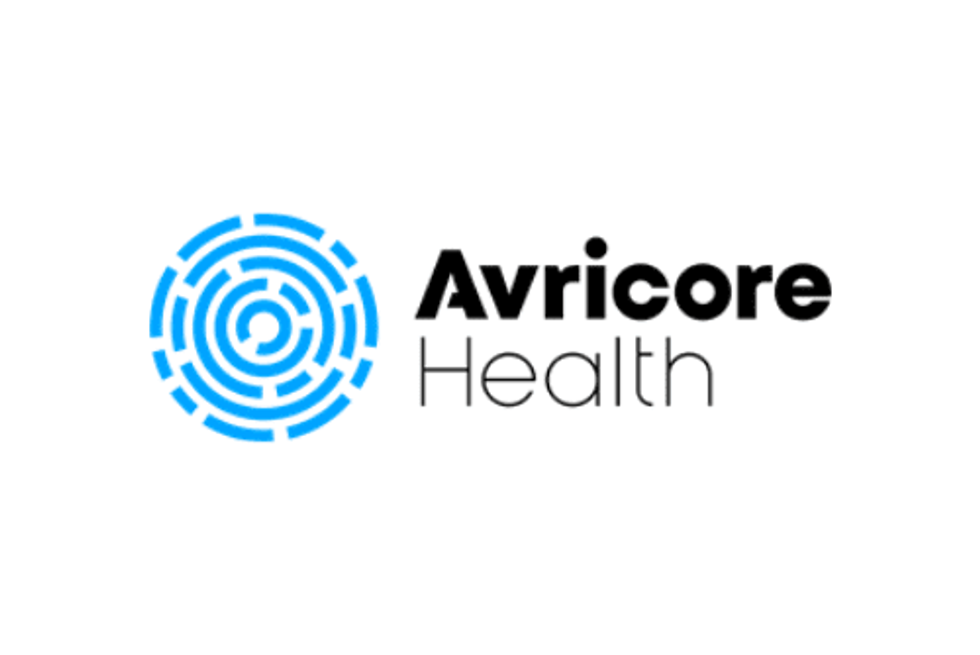
Who says pharma and biotech are the pioneers of the life science sector?As these TSX medical device stocks show, innovation exists elsewhere too.
Forget hot new bandages or tougher surgical sutures—the medical device market is about far more than reinventing the wheel or iterating on existing products. Encompassing everything from robotics to x-ray imaging, it requires more innovation than many investors realize. Case in point: these five future-facing companies, all trading on the TSX.
One uses aviation-inspired lessons to develop their products. Another maximizes the brain’s self-healing potential. There’s even a company building remote-controlled surgical robots … allowing patient and physician to be several continents apart.
Who says pharma and biotech are the pioneers of the life science sector? As these TSX medical device stocks show, innovation exists elsewhere too.
All figures are accurate as of October 12, 2016.
1. CAE (TSX:CAE, NYSE:CAE)
Market cap: CAD $5.00 billion
One of the largest companies on this list, CAE has numerous business divisions ranging from aviation to mining. But they’re also a medical device manufacturer.
“We see great potential to leverage our thought leadership in aviation training into the healthcare domain,” said Andrew Arnovitz, Vice President of Strategy and Investor Relations at CAE. To that end, the company makes simulation solutions that allow nurses, emergency responders and physicians to practice the skills necessary to their profession—similar to how pilots obtain and maintain their certification through simulation programs.
“We have the broadest range of patient simulators,” Arnovitz told us. “They can breathe, scream, bleed and even give birth!” Other products include the LapVR, which lets students practice suturing or loop litigation techniques, as well other surgical or ultrasound simulators.
Today, CAE’s healthcare business accounts for five percent of company revenues—but the company is optimistic about its potential earnings going forward. That’s because as medical techniques and technologies become more advanced, there is greater call for CAE’s products. “One of the necessary enablers to the proliferation of disruptive medical technology is training, and simulation-based training,” explained Arnovitz.
2. Helius Medical Technologies (TSX:HSM, OTCQB:HSDT)
Market cap: CAD$120.58 million
What if the brain could heal itself?
That’s the driving question behind Helius Medical’s vision. The company is at work on what they call a PoNS device, or portable neuromodulation stimulator. When used in combination with physiotherapy, it may help the brain to recover from serious trauma or injury.
That would obviously be a major market disruption … if successful. Currently, the PoNS device is in a registrational phase III trial, examining its success correcting balance issues in patients with traumatic brain injury. Another trial is expected to launch in 2016, this one looking at how the PoNS device might alleviate balance and gait issues in those with multiple sclerosis.
3. Titan Medical (TSX:TMD, OTCQX:TITXF)
Market cap: CAD$63.80 million
With a market cap of just under 65 million, this company can’t be called a titan—at least not yet. But Titan Medical may one day be a major player in the med-tech market … especially if its robotic surgical system proves successful.
Titan Medical is developing the Single Port Orifice Robotic Technology (SPORT) Surgical System, which will allow surgeons to perform operations remotely.
Of course, robotic technology is already available for procedures like hysterectomies and prostatectomies. The high cost, however, limits its usage. With SPORT, Titan aims to further the adoption of robotic surgery by lowering the associated costs and extending its applications.
The company plans to market the system in Europe first, followed by the United States, as these are currently the largest global markets for robotic surgery.
4. Neovasc (TSX:NVC, NASDAQ:NVCN)
Market cap: CAD$39.87 million
Faulty mitral valves are difficult to correct: not only is the mitral apparatus complicated in structure, it actually changes throughout the cardiac cycle. That’s why treatments are often ineffective: in fact, surgical options are only suitable for 20 percent of those with severe mitral regurgitation (MR).
Neovasc’s answer to these structural obstacles? Tiara, a small device that resembles its namesake. But delicate though it appears, Tiara is made of tough stuff. It has to be, considering its life-saving function: MR, which Tiara is meant to treat, can lead to fatal heart failure.
The device is in investigational stages now. But if approved, Tiara may generate significant revenues for the company. After all, the cardiac medical device market is growing: in fact, a report from BCC Research predicts it will reach 67.5 billion by 2019.
5. Novadaq (TSX:NDQ, NASDAQ:NVDQ)
Market cap: CAD$782.46 million
With products like SPY or SPY Elite, Novadaq would seem to be in the secret ops business. But in fact, this company works in surgical ops: Novadaq develops fluorescence imaging tools used in hospital operating rooms.
Not as exciting as spy software? Well, some investors are plenty enthused about this stock’s potential. That’s because more than 200 peer-reviewed publications have found that Novadaq’s SPY technology can reduce post-surgical complications—and that means it could have a solid impact on the market.
Sure, these products don’t belong in a James Bond film. But the stock might be a welcome addition to your investment portfolio.
In sum
We won’t deny that the excitement around biotech or pharmaceutical developments is justified. Yet in the media storm over things like CRISPR Cas 9 or immuno-oncology, the medical device market can be forgotten. That’s to investors’ detriment. As these companies show, medical device stocks can be just as innovative, pioneering and disruptive. They too have the potential to make major waves.
Don’t forget to follow us @INN_LifeScience for real-time news updates.
Securities Disclosure: I, Chelsea Pratt, hold no direct investment interest in any company mentioned in this article.



